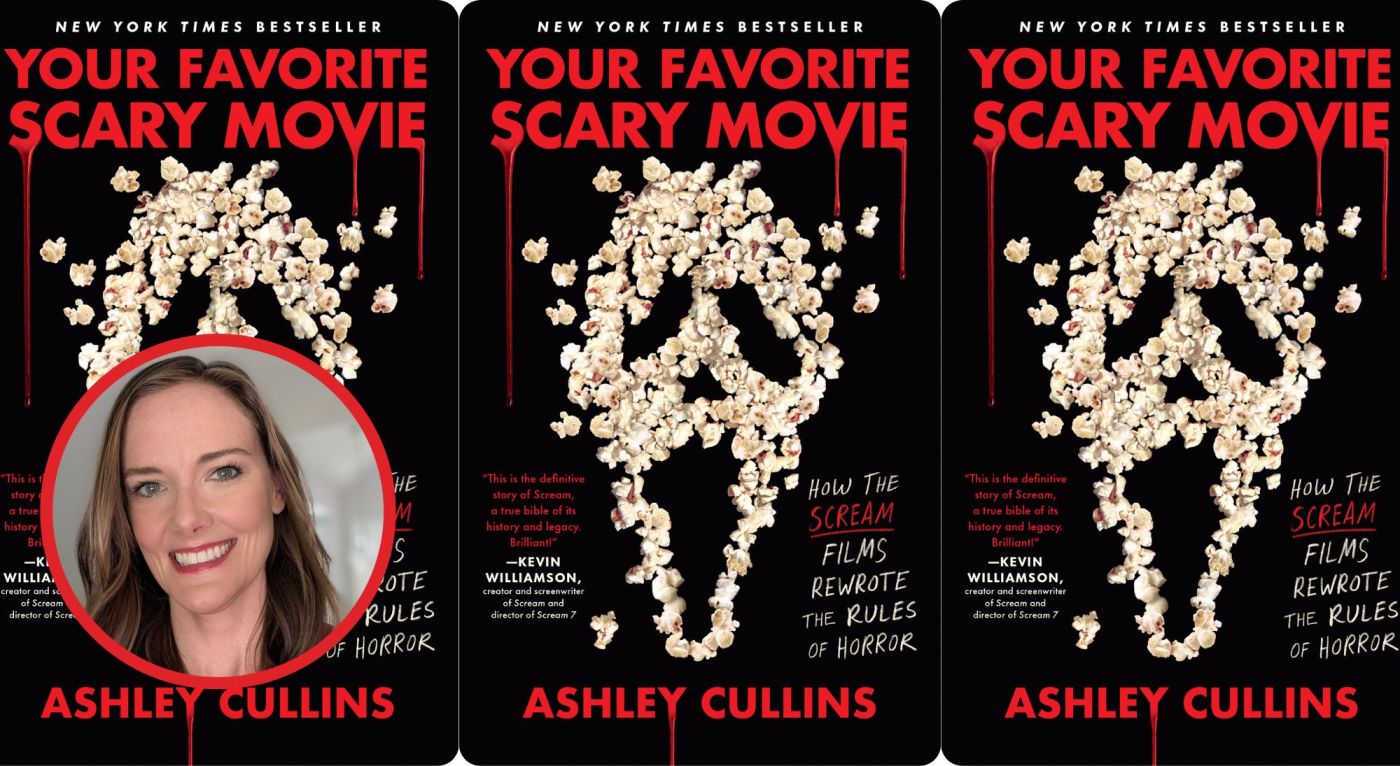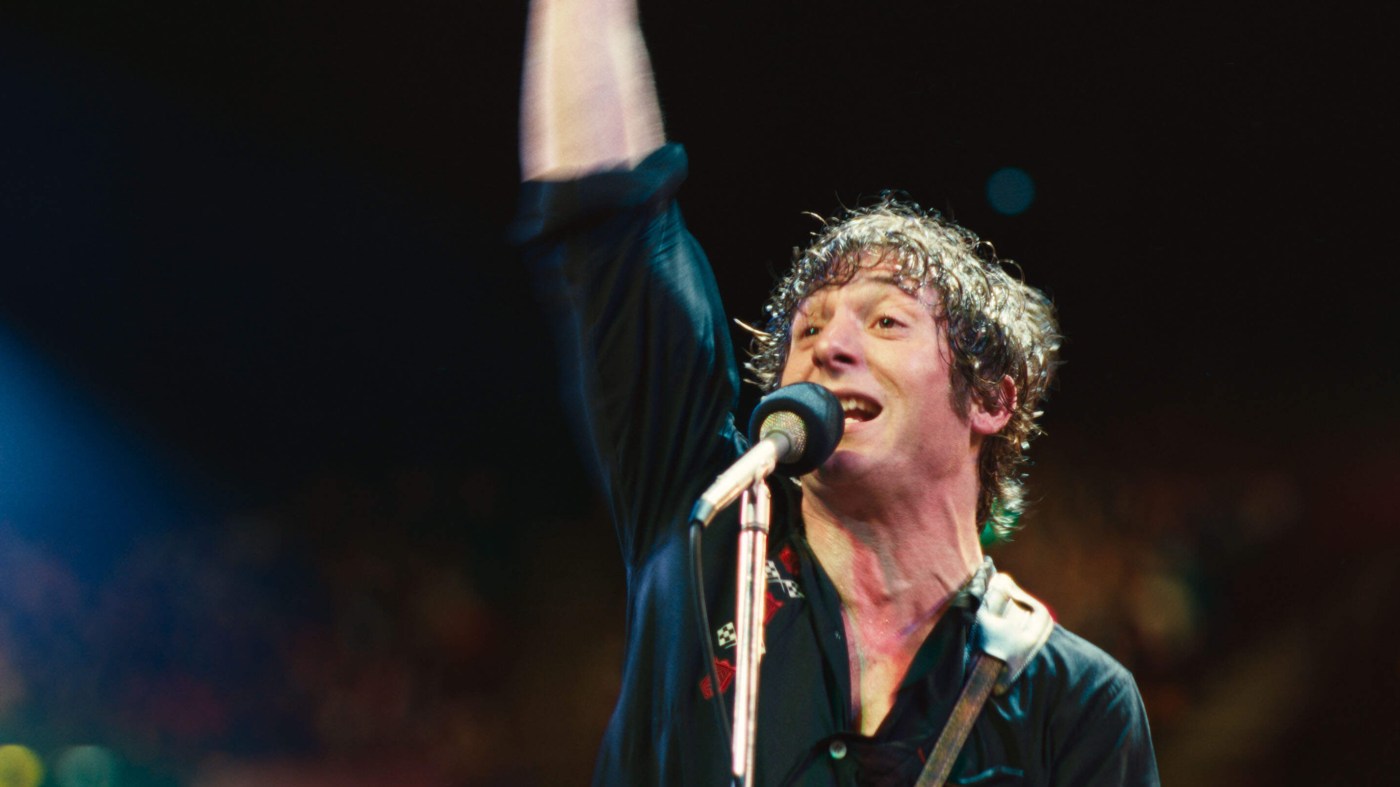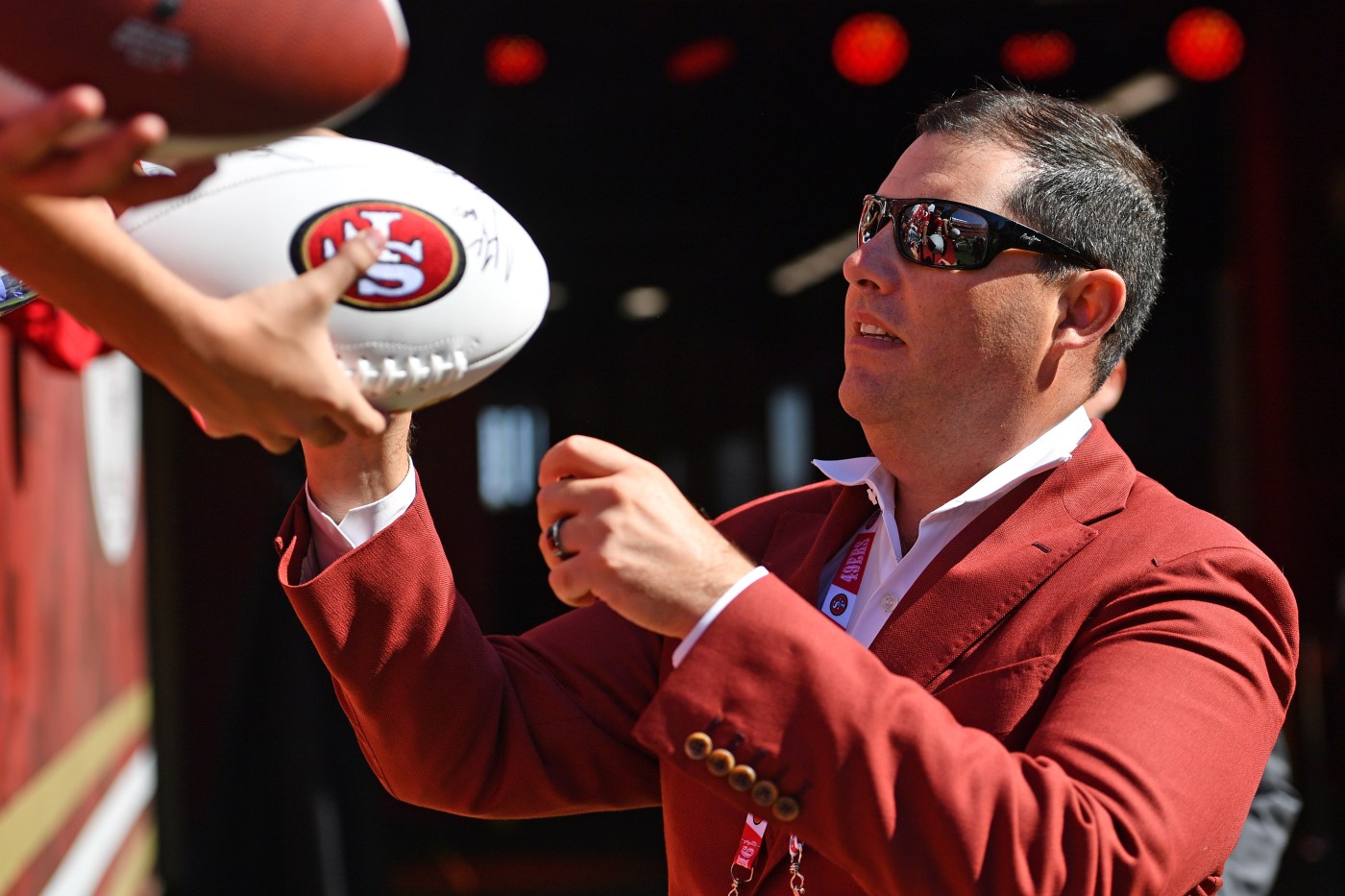It’s dark outside, and teenager Casey Becker is home alone, making popcorn on the stove and preparing to pop a scary movie into the VCR while she waits for the arrival of her boyfriend, Steve.
The teen, portrayed by actress Drew Barrymore, picks up the phone and hears a deep, ominous voice on the other end.
Related Articles
Review: Add ‘Bugonia’ to Yorgos Lanthimos’ resume of strange, compelling films
Janet Jackson refused ‘Poetic Justice’ kiss until Tupac got HIV test
Will this 75-year-old Bay Area man save our world, a new documentary asks
What to watch: Julia Roberts is high point of scandal-themed ‘After the Hunt’
Rose Byrne ‘devoured’ demanding role in ‘If I Had Legs I’d Kick You’
It’s one of the most chilling moments in horror cinema, and one that journalist and author Ashley Cullins has never forgotten.
It’s a pivotal moment from director Wes Craven and screenwriter Kevin Williamson’s 1996 horror-comedy film “Scream,” and the catalyst for Cullin’s debut book, “Your Favorite Scary Movie: How the Scream Franchise Rewrote the Rules of Horror.”
“I was like, ‘Oh my God, what am I watching?’” Cullins recalled during a recent phone interview. She was just 13 when she watched “Scream” for the first time on VHS at home alone.
“Casey’s parents are coming up the driveway, and they’re so close, and she’s just crawling and you’re yelling: ‘Just throw the phone! It’s a cordless phone! They’ll hear you,’” Cullins said with a nervous laugh, as she continued to share the famous scene, mimicking how she herself was screaming at her TV screen.
“It’s so scary and then suddenly you’re right into the movie and there’s this fun group of teenagers who make you forget how scared you were just a few moments ago,” she said. “Only for (the horror) to start all over again. It’s a terrifying rollercoaster ride: You’re scared one minute, then you’re laughing the next.”
Cullins, an entertainment journalist who has worked for publications like The Hollywood Reporter, Billboard and The Ankler, channeled her teenage self while writing an oral history of “Scream” for The Hollywood Reporter to mark the 25th anniversary of the film in 2021. That article is what led to the book deal – and ultimately her first New York Times Bestseller.
The book is a deep dive into the world of “Scream,” a film that studios were initially hesitant to produce, but that went on to become a massive franchise, spawning sequels and a seventh film due to hit theaters in 2026.
The film’s antagonist, Ghostface, has become synonymous with the haunting season as the knife-wielding, black-and-white masked villain lurks proudly alongside other horror icons: Leatherface (“The Texas Chain Saw Massacre”), Freddy Kruger (“A Nightmare on Elm Street”), Chucky (“Child’s Play”), Jason Voorhees (“Friday the 13th”) and Michael Myers (“Halloween”).
“Scream” stood out because of the self-aware nature of the film, Cullins noted. All of the aforementioned horror movies existed in the world Williamson created and were referenced heavily in the first two films, and because “Scream” broke all of the rules, big-name directors like John Carpenter (“Halloween,” “The Thing”) and Eli Roth (“Cabin Fever,” “Hostel”), along with audiences, found the films fun and inspiring.
“Eli is not only a filmmaker; he’s a student of horror,” Cullins said of interviewing Roth, who shared how “Scream” had informed his latest horror flick, “Thanksgiving.” “As a fan I feel like ‘Scream’ did change horror and I think the people who worked on these movies feel like ‘Scream’ changed horror, but I wanted to talk to people who had no incentive to feel one way or another about it.
“It was fascinating to hear what Eli Roth, Michael Kennedy (“Heart Eyes,” “Freaky” director), and John Carpenter had to say,” she says. “It was all just very interesting.”
Cullins kept a spreadsheet of all the interviews she conducted for the book, which included 85 “Scream” franchise actors, directors, producers, writers, executives and crew, as well as a slew of horror genre icons not involved with the film. In all, she did about 100 interviews, including “Scream” honcho Williamson.
“I could not have done this without Kevin Williamson, if I had to just choose one person,” Cullins said. Actress Neve Campbell, who is Williamson’s final girl, Sidney Prescott, in the franchise, is a close second, she added. And she would have loved to have included director Wes Craven, but he died in 2015. She did speak to people that he worked closely with, though.
“I think you feel his presence in the book,” she said. “Wes Craven intentionally created an atmosphere where people he worked with felt valued. I talked to one of his assistants, Carly Feingold, who told me that he had photos of everybody on the crew and made a point to learn everyone’s birthdays, so he’d remember to reach out to say ‘Happy Birthday’ to them.
“I don’t know many regular people who go out of their way to be that conscious of the people around them, let alone a successful Hollywood director. I think that kind of care sets a tone, and that atmosphere made people want to do their best work and it helped people bond,” she says. “There was this sort of strange alchemy of the environment that Wes created on set. The fact that in the very beginning nobody had any major expectations for ‘Scream’ and then it’s this surprise success that shows that environment works, and I think that has very much carried on.”
Williamson and Craven weren’t on board for all of the “Scream” films, but in a full-circle moment, Williamson, who wrote the original script in his West Hollywood apartment and finished it off over a three-day stay in a Palm Springs condo – is back on for the seventh “Scream” film, this time serving as its director. And Campbell, who bowed out of the sixth installment, is back as well as the screenplay focuses on the story of Sidney Prescott.
“I’m very excited for Sidney’s story, and I think that Kevin needed to direct one of these,” she said. “Everything I’ve learned about the film, I love it. I cannot wait for it to be out in the world. I got to go on set and it was amazing and just a surreal experience. To see Kevin and Neve interact with him directing her and them looking at the monitors to watch stuff back – it was very cool, and I think people are going to be so happy with it.”
One other surreal element to the process is that she was able to get the voice of Ghostface in the franchise, Roger L. Jackson, to narrate the audiobook.
“It is so wonderful, and it was the only idea I had – I didn’t have a second choice,” she said. “I’m over the moon that he said ‘Yes,’ because it’s just so perfect.”





